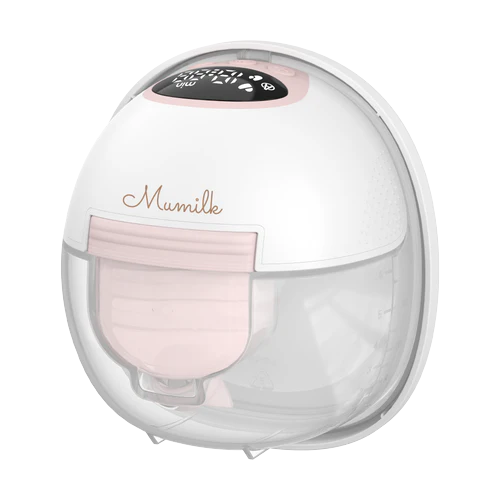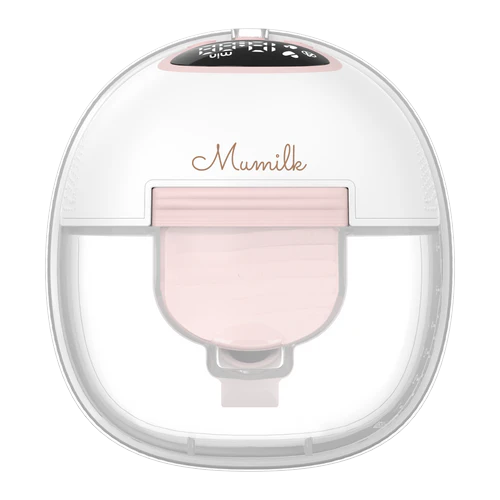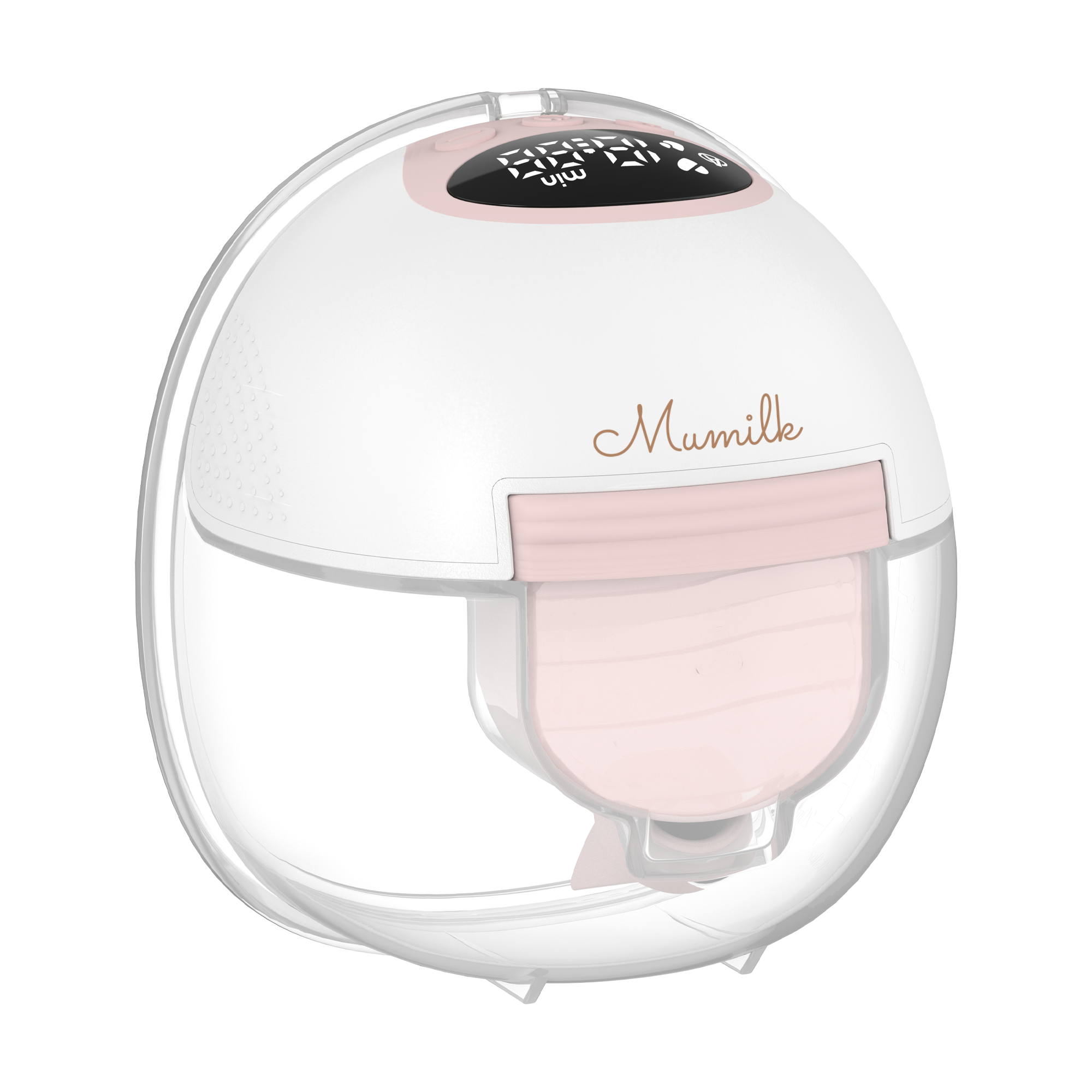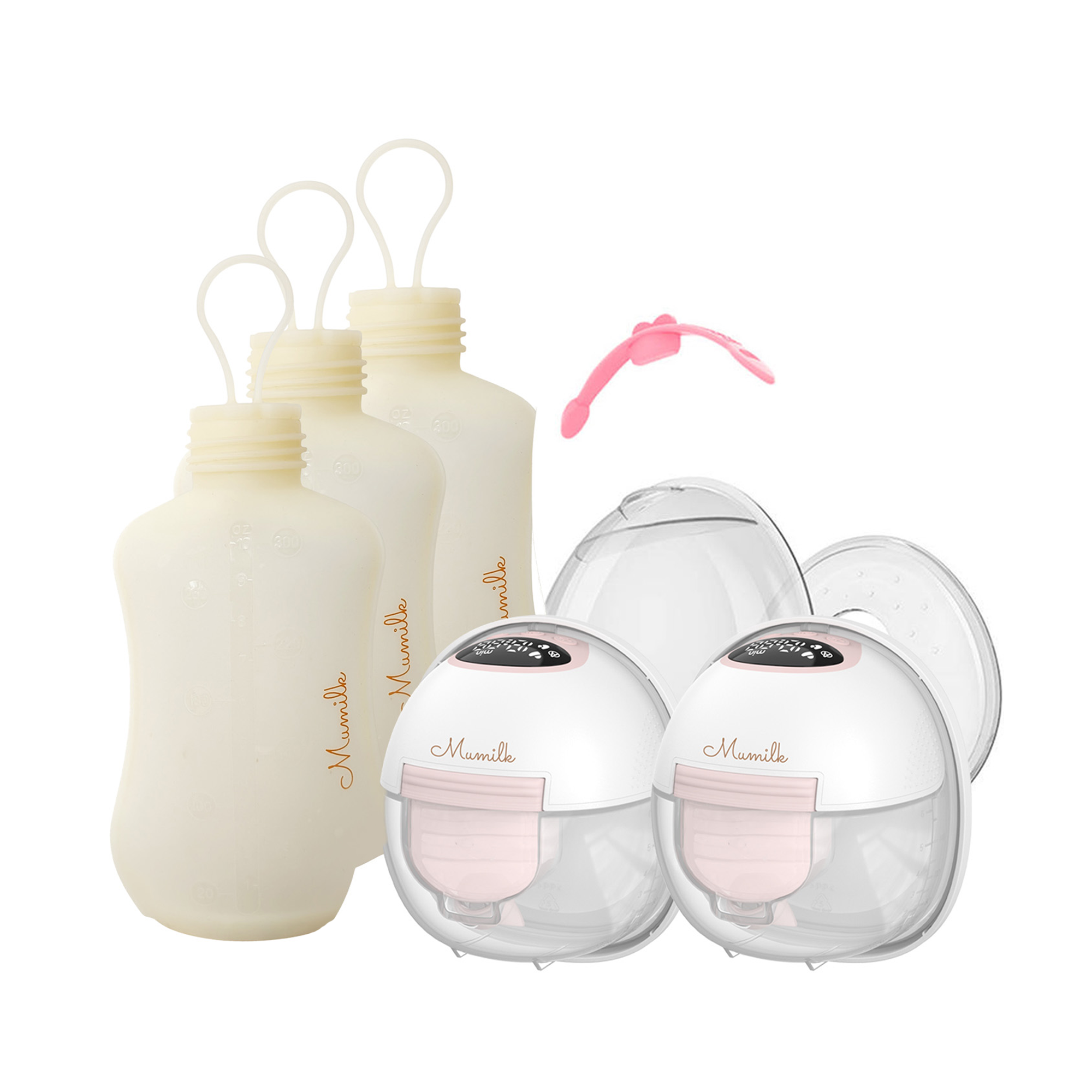Maintaining a healthy and consistent milk supply for many breastfeeding mums could be a common concern. However, understanding the various factors influencing milk production could significantly contribute to a positive breastfeeding experience. In this guide, we’ll help you explore various tips to naturally increase your milk supply and ensure a nourishing and fulfilling breastfeeding journey for you and your baby.
Quick Summary
- Low milk supply could be naturally addressed with the proper techniques.
- Breast pumping in between feedings could help improve milk supply.
- Skin-to-skin contact with your baby could aid in increased milk production.
Why Is My Milk Supply Low?
Many women stop breastfeeding due to “not having enough milk.” However, most mums do in fact produce sufficient milk for their babies. Several reasons for low breast milk supply could be attributed to external factors which could be naturally addressed. Here are a few possible causes: 1
- Your baby is not latching well onto the breast
- Your baby doesn’t feed frequently (less than 8 times a day)
- Usage of both formula and breast milk
- History of breast surgery that affects supply of milk
- History of mastitis (inflammation of breast tissue that sometimes leads to infection)2
- Usage of contraceptive pills containing oestrogen
- Smoking
- Usage of certain medications, including over-the-counter drugs such as cold or flu tablets
- In rare cases, poor milk supply is also associated with a medical condition
- Stress or anxiety 3
Signs Your Baby Is Getting Enough Milk

It may take some time before you feel certain that your baby is getting sufficient nourishment, especially in the early stages of breastfeeding. If you want to know if your baby’s getting enough milk, here are some signs you can look for 4 5:
- Your baby naturally detaches from the breast at the end of the breastfeeding sessions
- Your baby changes wet diapers often, at least 6 to 8 times a day
- Your breasts feel softer and less full after feeding
- Your baby sleeps between breastfeedings
Signs Your Baby Is Not Getting Enough Milk
It’s common for babies to struggle to get enough milk during the first few weeks of breastfeeding. If you notice any of these signs, you may want to seek guidance for increasing milk supply and address any potential issues that could hinder your baby from getting the proper nourishment they need. 6
- Your baby exhibits dark-coloured urine, a dry mouth, or jaundice, which could indicate dehydration
- Your baby has lost 10% or more of their initial birth weight or hasn’t started gaining weight by days 5 to 6
- Your baby is sluggish or sleeping longer than usual
- Feedings are either too long or too short
Tips on How to Boost Milk Supply
Proper strategies and techniques could make a significant difference in increasing breast milk supply. Here are a few tips on how you could effectively boost your milk supply and help ensure your little one receives the nourishment they need for optimal growth and development.
Breastfeed More Often
Generally, the more you breastfeed, the more milk your breasts produce. When your baby nurses from your breasts, your body releases hormones that trigger the production of milk. This is known as the let-down reflex, where muscles in your breasts contract to facilitate the movement of milk through the ducts. 7
To help stimulate your body to boost milk supply, it is recommended to breastfeed your baby 8 to 12 times a day. Set a regular breastfeeding schedule to establish a routine that supports your baby’s nutritional needs as well as your milk supply. Breastfeeding more often in the evening or giving extra nighttime feedings may also be beneficial as prolactin, the hormone responsible for maintaining milk production, is higher at night.
Have Plenty of Skin-to-Skin Contact

You’ve probably already heard that skin-to-skin contact between mums and their babies fosters a deep sense of bonding and promotes feelings of security and comfort for the little ones. However, having close physical contact with your baby could also help increase milk supply by triggering the release of oxytocin, which aids in the production of milk.
One study found that engaging in skin-to-skin contact during the early stages of breastfeeding also contributed to longer feeding sessions, which in turn aids in upping milk supply.7 So, if you find that your breast milk isn’t enough, try snuggling up with your bundle of joy more frequently to give your supply a boost.
Feed From Both Breasts
In one study, feeding from both sides has been shown to yield more amounts of milk with higher energy content.8 This dual breastfeeding approach provides additional stimulation, which may increase breast milk supply.
Encourage your baby to feed from both breasts during each feeding session. Allowing them to nurse on the first breast until they slow down before offering the second breast.
Look After Yourself
Oftentimes, mums are so focused on taking care of their babies that they forget to look after themselves. Taking some time for yourself and making sure you are well-rested to take on each day not only helps you regain energy and strength but also supports optimal milk production. Here are a few self-care tips:

- Breastfeeding can make you thirsty, so make sure you’re drinking enough water to help support your body’s milk production
- Maintain a nutrient-rich diet
- Get adequate rest and sleep
- Practise stress-reducing activities such as meditation or yoga and delegate tasks when possible
Pump Between Feedings
Pump milk after each breastfeeding session or while your baby is asleep. Doing this will help empty your breasts which can help in boosting milk supply. It will also allow you to build a stash of expressed breastmilk and have an extra pump supply for later or emergency use. So, make sure to store the expressed breastmilk in the refrigerator or freezer to maintain its freshness.
It is recommended to use a breast pump that suits your comfort and needs to efficiently extract milk. You may also try establishing a routine to integrate pumping into your breastfeeding journey for optimal results. To get the most out of your pumping sessions, try the following tips: 9
- Stimulate your let-down reflex by gently massaging your breasts before and during the session
- Use only as much suction as necessary
- Make sure breast flanges fit properly
- Stop pumping when the breast milk flow is minimal, but make sure to continue pumping for 15 to 20 minutes.
Related Articles:
How To Combine Breastfeeding and Pumping
When Does Breastfeeding Get easier
Talk to Your Doctor
If you still find your milk supply lacking after following the tips above, it may be best to consult with your doctor or a lactation consultant. They can provide you with personalised guidance and support tailored to your specific situation. You may also be prescribed medicines that can increase prolactin levels and improve breast milk supply.
Nourish With Confidence, Nurture Your Breastfeeding Journey
Each breastfeeding journey is unique, and the challenges you may encounter along the way are part of the learning process. Having not enough milk to feed your little one could be distressing, but it’s essential to approach it with patience, resilience, and a willingness to adapt. Understanding the potential causes of the issue and exploring different strategies to address them help ensure a more effective and comfortable breastfeeding experience.
To get the most out of your breastfeeding sessions, Mumilk offers various types of breast pumps. Our hands-free wearable breast pumps allow you the flexibility, comfort, and convenience you need to efficiently feed your baby while juggling other “mum duties” at the same time. Explore our collection and discover the modern solutions we offer to support your breastfeeding journey.
References
- https://www.thewomens.org.au/health-information/breastfeeding/breastfeeding-problems/low-milk-supply
- https://www.mayoclinic.org/diseases-conditions/mastitis/symptoms-causes/syc-20374829#:~:text=Mastitis%20is%20an%20inflammation%20of,also%20have%20fever%20and%20chills.
- https://utswmed.org/medblog/decrease-breast-milk-supply/
- https://www.nhs.uk/conditions/baby/breastfeeding-and-bottle-feeding/breastfeeding-problems/enough-milk/#:~:text=Signs%20your%20baby%20is%20getting%20enough%20milk&text=You%20can%20hear%20and%20see,at%20the%20end%20of%20feeds.
- https://www.verywellfamily.com/the-signs-your-baby-getting-enough-breast-milk-431819
- https://www.medela.com/breastfeeding/mums-journey/low-milk-supply
- https://pubmed.ncbi.nlm.nih.gov/12578285/?
- https://www.ncbi.nlm.nih.gov/pmc/articles/PMC3698671/
- https://www.verywellfamily.com/relactation-increase-milk-supply-431824












Share:
How Do Wearable Breast Pumps Work?
19 Foods & 3 Drinks That Increase Breast Milk Supply